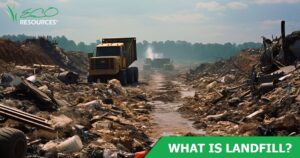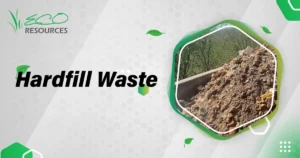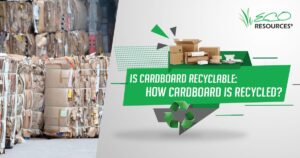
Types of Waste Audit
There are several types of waste audits, each tailored to different goals and environments. The choice of audit type depends on the specific needs of

There are several types of waste audits, each tailored to different goals and environments. The choice of audit type depends on the specific needs of

Landfills. We’ve all heard of them. But what are they really? And why are they so important? When you think of a landfill, you might

When you’re in the middle of a construction project or tearing down an old building, you’ll come across a lot of stuff you might not

Ever wondered what happens to your trash after it’s picked up from your curb? Enter transfer stations, the unsung heroes of waste management in Australia.

Resource recovery in Australia is all about getting the most out of our waste. Instead of just throwing things away, we’re finding ways to reuse,

Building a sustainable house in Australia means creating a home that’s environmentally friendly and energy-efficient. It’s all about using smart design and materials to reduce

PFAS, short for per- and polyfluoroalkyl substances, is a group of over 4000 chemicals that have been in use since the 1950s. You can find

The global environment is facing unprecedented challenges, from climate change to resource depletion, highlighting the urgent need for sustainable living. While large-scale efforts are crucial,

Australia, like many other nations, grapples with a mounting waste issue. Each year, millions of tons of waste are generated, putting a strain on our

Cardboard, a versatile and widely used material, is a type of paper stock that is thicker and more durable than standard paper, making it ideal